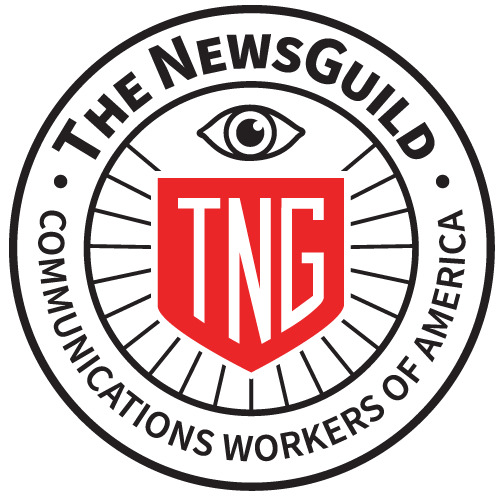Led by columnist Heywood Broun, The American Newspaper Guild began in 1933. Dissatisfaction with their pay was the main reason that editorial workers, traditionally independent, came together. Often called a union of individuals, in 1937, Guild membership was expanded to include the commercial departments of print publications.
- 1940s: The Heywood Broun Award for journalistic achievement was established; War Labor Board rules Guild membership does not impair Freedom of the Press.
- 1950s: Canadian Region established.
- 1960s: Guild fights to end racial discrimination in news industry hiring, promotion.
- 1970s: Name changed to The Newspaper Guild; Guild confronts sex discrimination in the industry, intensifies bargaining program to accommodate increasing automation, and initiates Guild-wide portable pension plan.
- 1980s: Guild launches safety campaign to face hazards of video display terminals; membership reaches more than 34,000
- 1990s: Guild leads charge to protect workers from keyboard-related Repetitive Strain Injuries; Convention adopts four-year strategic plan including recommendations for merger, greater Canadian autonomy, and membership mobilization program; Convention and members overwhelmingly approve merger with Communications Workers of America; members elect first woman president; Guild launches Web page; Guild charters Translators and Interpreters local.
- 2001: Guild negotiates agreement with San Francisco Chronicle to represent editorial and advertising employees of web site.
- 2009: Truthout, a nonprofit online-only news site, joins United Media Guild.
